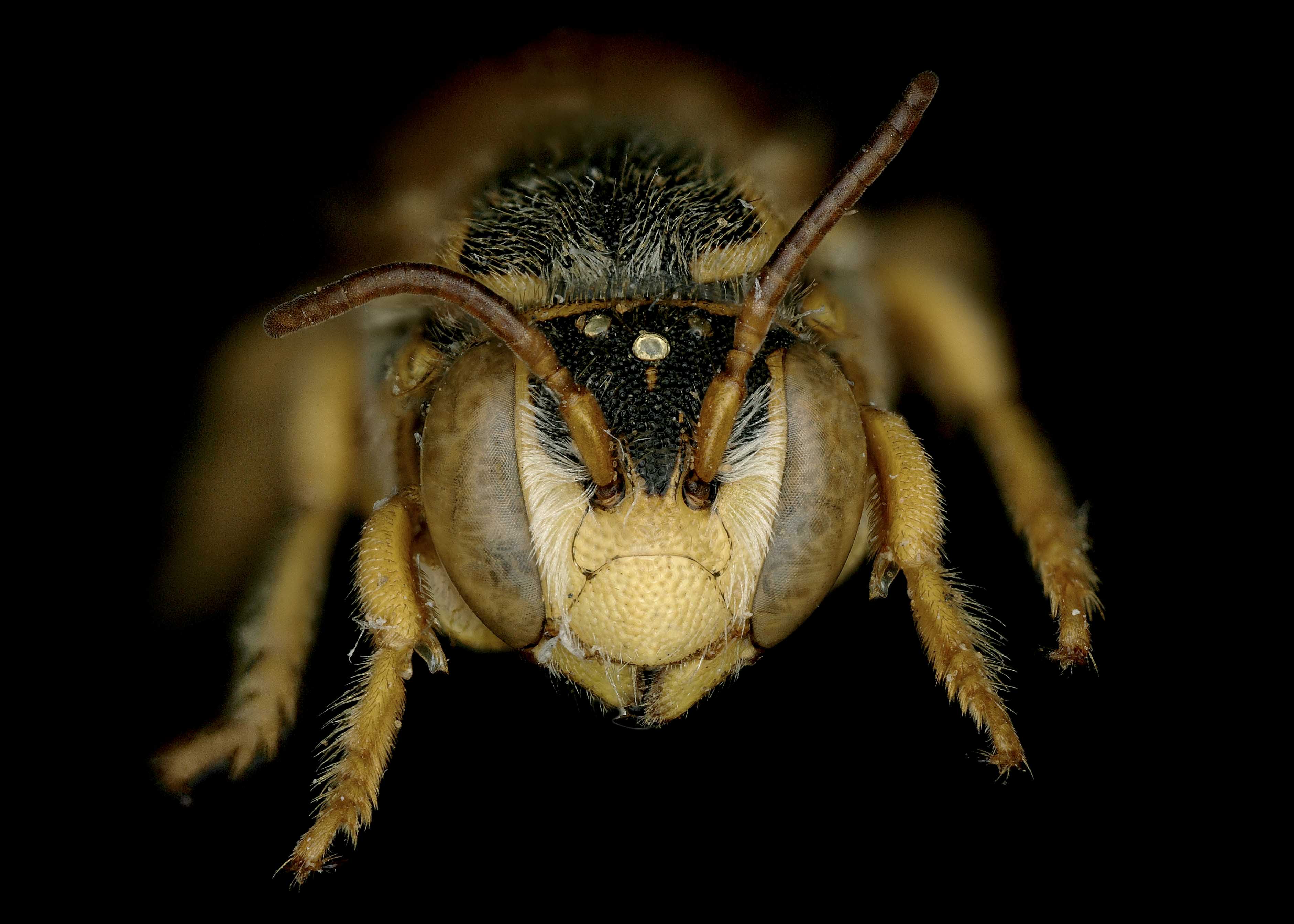🔥 Nature Is Lit 🔥
126 readers
1 users here now
🔥 🌍 Let us celebrate our beautiful Earth and remind ourselves of our place in the natural world 🌎 🔥
Banner: Blyde River Canyon
founded 1 year ago
MODERATORS
1
2
3
4
5
6
7
8
9





